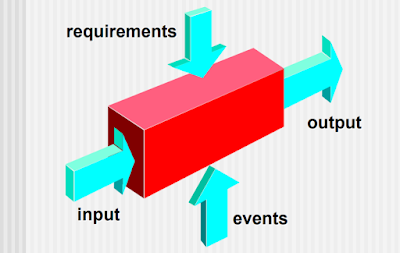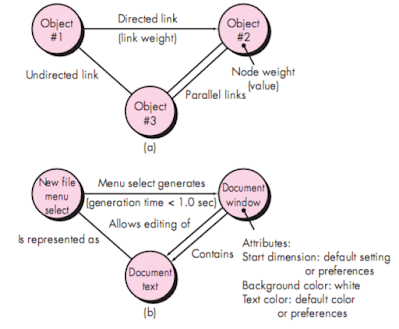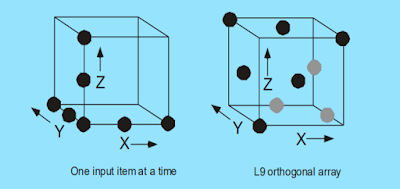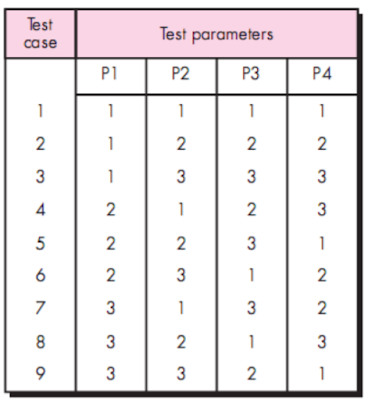Difference between White box and Black box testing
| Criteria | Black Box Testing | White Box Testing |
Definition |
Black box testing is the Software testing method the internal structure/design/implementation of the item being tested is NOT known to the tester. | White box testing is the software testing method in which internal structure/design/implementation of the item being tested is known to the tester. |
| Levels Applicable To | Mainly applicable to higher levels of testing: Acceptance Testing, System Testing | Mainly applicable to lower levels of testing: Unit Testing, Integration Testing |
| Responsibility | Generally, independent: Software Testers | Generally, independent: Software Developers |
| Programming Knowledge | Not Required | Required |
| Implementation Knowledge | Not Required | Required |
| Basis for Test Cases | Requirement Specifications | Detail Design |



